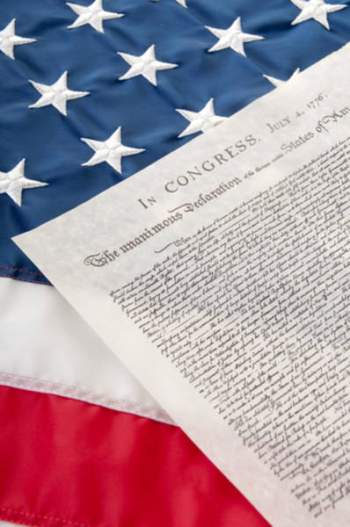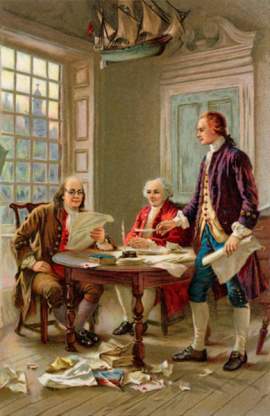
Understanding The Writings on Separation of Powers and Checks and Balances

Popular In Constitution
Purpose Of Lifetime Appointment And Pros And Cons Enumerated Powers Bicameral Legislature Background Article 3 Of The Constitution We The People 1st Amendment Who Wrote The Constitution Judicial Review Three Fifths Compromise Equal Protection Clause 10th Amendment 5th Amendment
The Federalist Papers proposed a multi-tiered gubernatorial model, complete with a systematic separation of powers enforced on the 3 separate branches that comprised a Federalist central government: Executive, Legislative, and Judicial. This separation of powers would be maintained by a system of checks and balances - a construct in which the power allotted to the central government would be dispersed between all 3 of its branches. Furthermore, a system of checks and balances would ensure that each branch could protect itself from any potential abuse of power on the part of the other branches. Each branch was given a set amount of power, which was specific to the nature of the branch itself.
For example:
● The Legislative branch - comprised of both Congress, as well as each representative from each State of the Union was given authority to create laws. Once a law was proposed, a vote was cast in order to determine the validity of the law. In the event that the majority of the collective State legislative bodies voted in favor of passing the law, it could be sent to the Executive branch for approval, thus ensuring a separation of power between all 3 branches of the central government.
● The Executive branch - or ‘the Administration’ as outlined in the Federalist Papers - was to be comprised of both the President of the United States, as well as selected representatives whose selection required approval by the Legislative branch. This process furthered the notion of separation of powers by disallowing the same governmental branch the power to both create and approve legislation.
● The Judicial branch was outlined to review the actions of the other 2 branches from a legal standpoint. Without any lawmaking authority, the Judicial branch was simply permitted to regulate the actions of the central government solely within the confines of preexisting, predetermined legislation. In the event that the actions of one (or any) of the 3 Federal branches comes into question, the Judicial branch is permitted to review those actions under the system of checks and balances.
A separation of powers in the form of a system of checks and balances was proposed by the authors of the Federalist Papers in order to ensure the existence of a competent, yet democratic central government in the United States.
NEXT: Understanding Writings on Representation and the Legislature





















